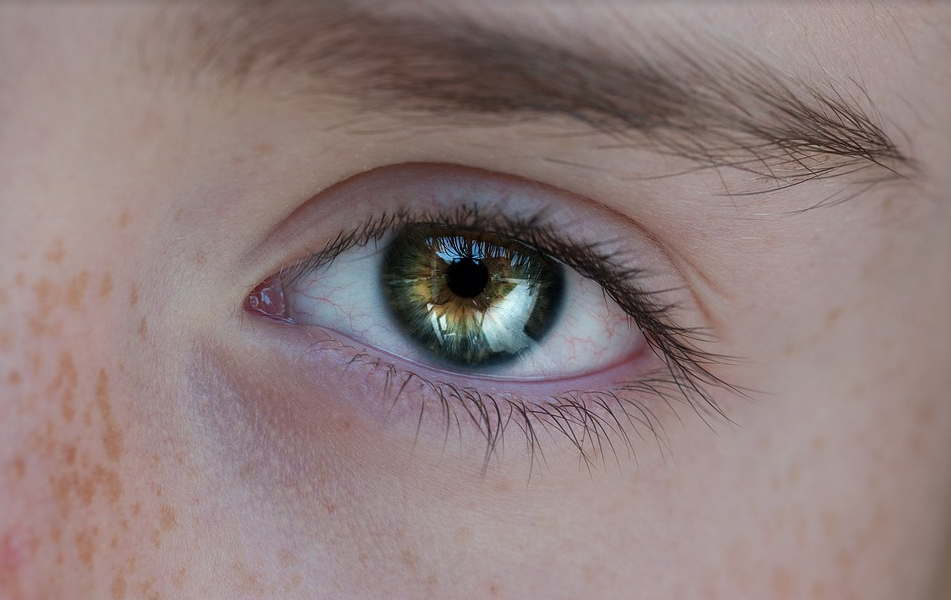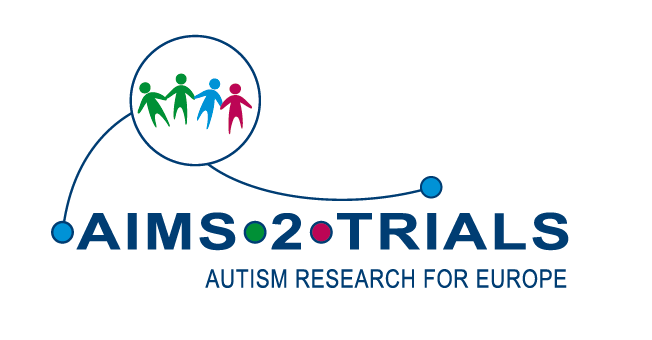 The amount that autistic people’s pupils widen (dilate) when watching others interact and the speed at which this happens is linked with their understanding of social behaviour, shows a study led by AIMS-2-TRIALS researchers.
The amount that autistic people’s pupils widen (dilate) when watching others interact and the speed at which this happens is linked with their understanding of social behaviour, shows a study led by AIMS-2-TRIALS researchers.
The study is the first to record the details of how pupil size changes during a test of social understanding. Previous research has focussed primarily on averages of pupil dilation measures, or investigated only a single aspect, such as time taken to dilate or amount of dilation. In the current study, participants watched videos of social interactions while researchers tracked their pupil size, including the timing and sequence of changes.
23 autistic and 24 non-autistic adolescents watched the videos and then answered questions about the characters’ mental states. In autistic participants, a distinct progression was found: pupils initially contracted more, took longer to dilate, and eventually dilated more than those of non-autistic participants. These components predicted performance in the questions about the videos, with early pupil dilation associated with better scores. The findings suggest that sensory processing that occurs early during pupil dilation might represent an underlying building block of social understanding. In autism, differences in this area may contribute to difficulties in social situations.
“This study helps us to understand what might make up the innate building blocks of social cognition,” says Nico Bast who led the research at Goethe University Frankfurt, Germany. “The next steps will be to test our technique in a larger group of people, and to see if it can give insights into sensory processing too.” These studies, which are already underway, attempt to relate the components of pupil dilation over time to performance in sensory processing and attention tasks.
According to Bast, the new method will complement the use of brain scans to measure which brain areas are most active when people process social or sensory information. When assessing children and adolescents, these scans alone are not of sufficient quality to detect activity in tiny brainstem areas such as the locus coeruleus, which is linked to pupil dilation and relevant to behaviour, but which has been underexplored in conventional imaging research. However, used together, the techniques will help researchers to investigate how autistic and non-autistic people experience the world in different ways.
The study was published in Autism Research in July 2019.








